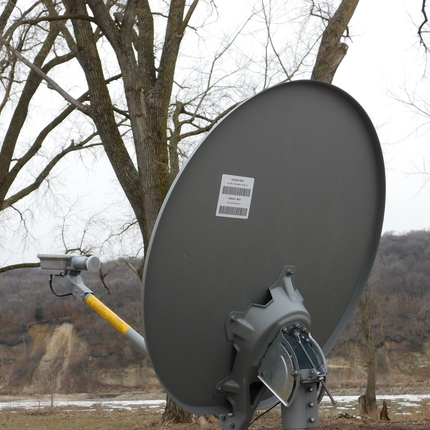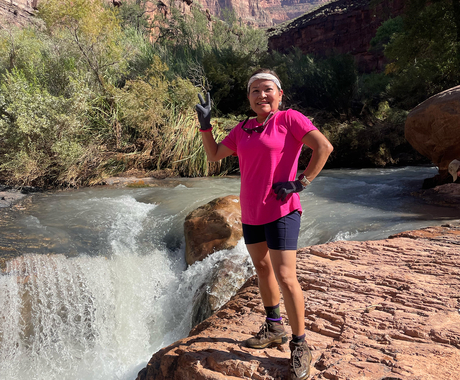By Cody Smith, former staff member
Across rural America, many small businesses, farmers and ranchers, and rural communities struggle to gain access to a reliable, high-speed broadband internet connection. However, if you look at a coverage map from any state’s internet service providers, it will likely tell a very different, out-of-touch story.
Fortunately, the National Association of Counties, Rural Local Initiatives Support Corporation, and Rural Community Assistance Partnership have teamed up to launch the TestIt Broadband App, where you can share your actual broadband experience, not what providers say you get. This information could help paint a clearer picture of where service is actually available. In Nebraska, this information is helpful as state lawmakers look to expand rural broadband.
The app, available on iOS App Store and Android App Store (more instructions here), aims to empower a grassroots movement that highlights the inaccuracies of current broadband service reporting methods. This flawed method and the resulting inaccurate coverage maps are a consequence of the Federal Communications Commissions (FCC) Form 477, which is where internet service providers report their service information twice per year. Under Form 477, this information is collected on a Census block scale, many of which can span for miles in rural areas. This also allows providers to report a Census block as “served” even if just one household, or none in some circumstances, has access to broadband.
The data that is received through the app will be aggregated and shared with policymakers as they work to allocate resources to bridge the digital divide.
A recent Center for Rural Affairs white paper, “Map to Prosperity,” found that 31 percent of rural households lack access to broadband internet, which is defined by the FCC as having speeds of 25 megabits per second for download and 3 megabits per second for upload. In many states, including Wyoming, Oklahoma, New Mexico, Nevada, Montana, Missouri, Mississippi, California, Arizona, and Alaska, more than 60 percent of rural areas lack access to broadband.
What’s more, the number of households who have access is inflated. The 31 percent currently counted as unserved excludes the tens of thousands of households that do not actually have the coverage internet service providers claim to offer. This issue spans much of rural America and can pose many challenges for running a successful and competitive small business or farm in a 21st century economy.
In Nebraska, internet speeds that qualify as broadband are available to 5 percent or fewer residents in 18 of the state’s 93 counties. Of these 18 counties, 10 do not have a single household with broadband access. And, this legislative session, Nebraska’s state senators are considering the passage of Legislative Bill (LB) 549, which would create a service mapping project based on more accurate broadband information. For example, LB 549 would require internet service providers to report broadband access at a parcel or address level, not the expansive Census block scale that the FCC Form 477 requires.
If you struggle to access a fast, reliable broadband connection, download the TestIt Broadband App today, so you can show your elected representatives that more accurate mapping is long overdue.





